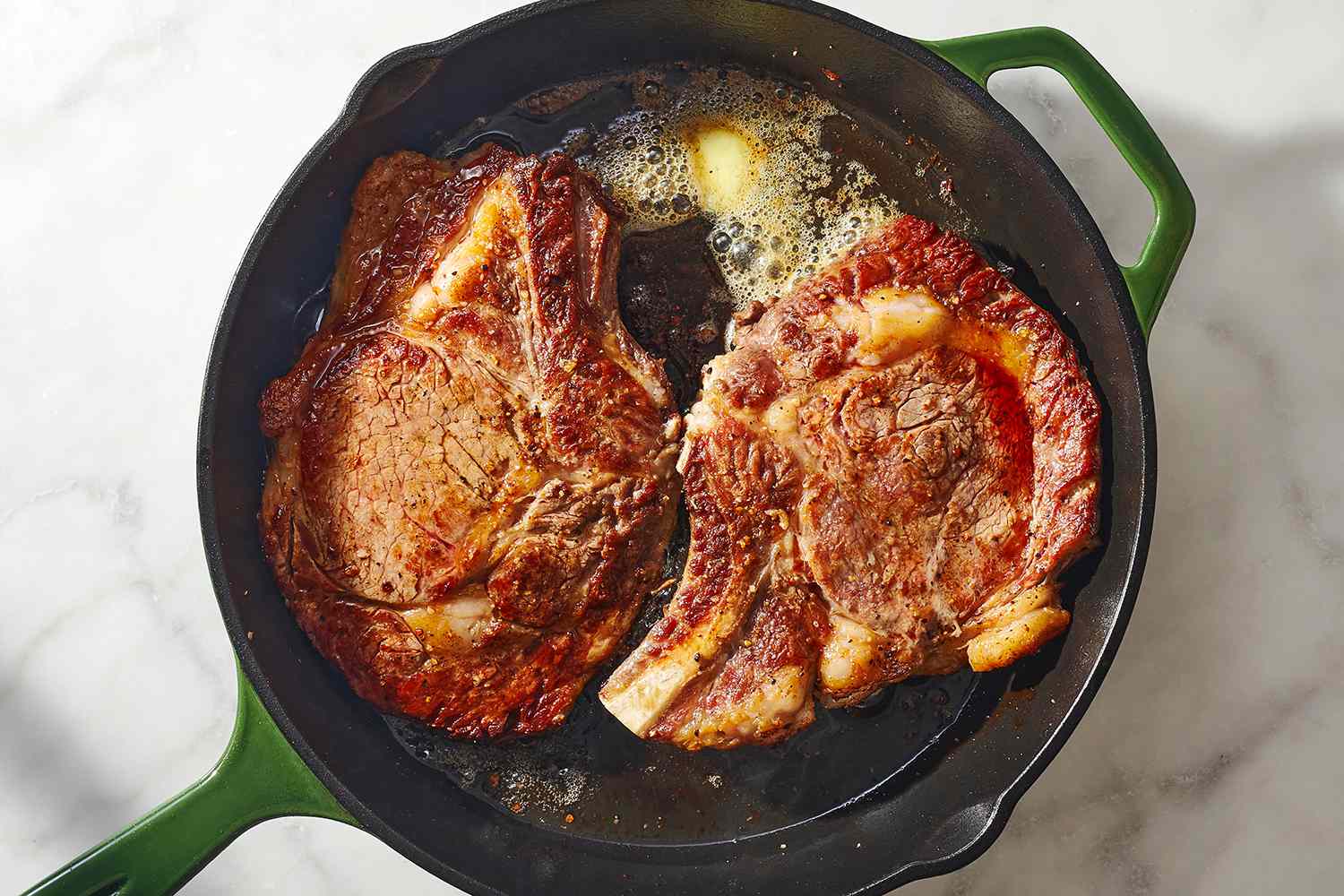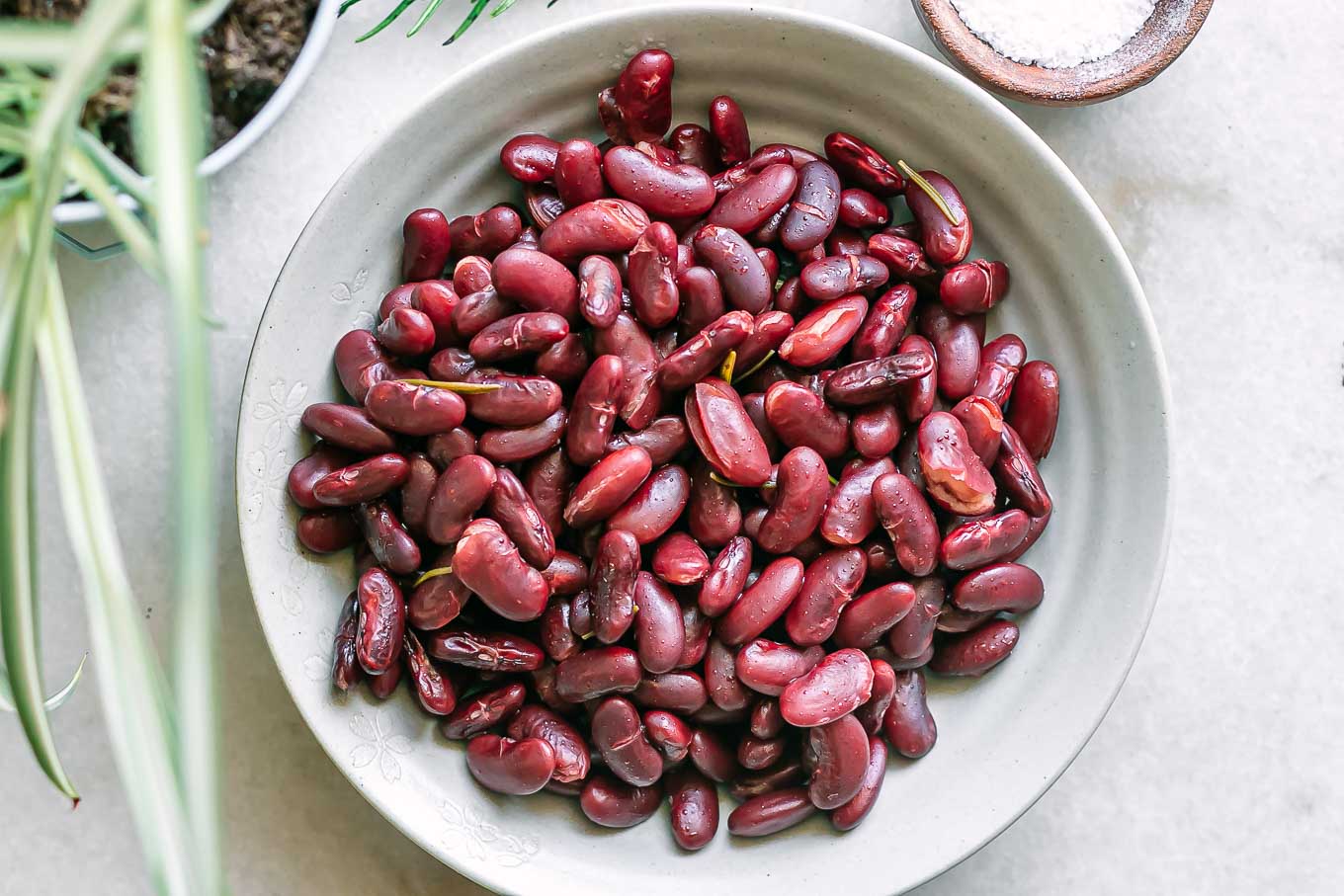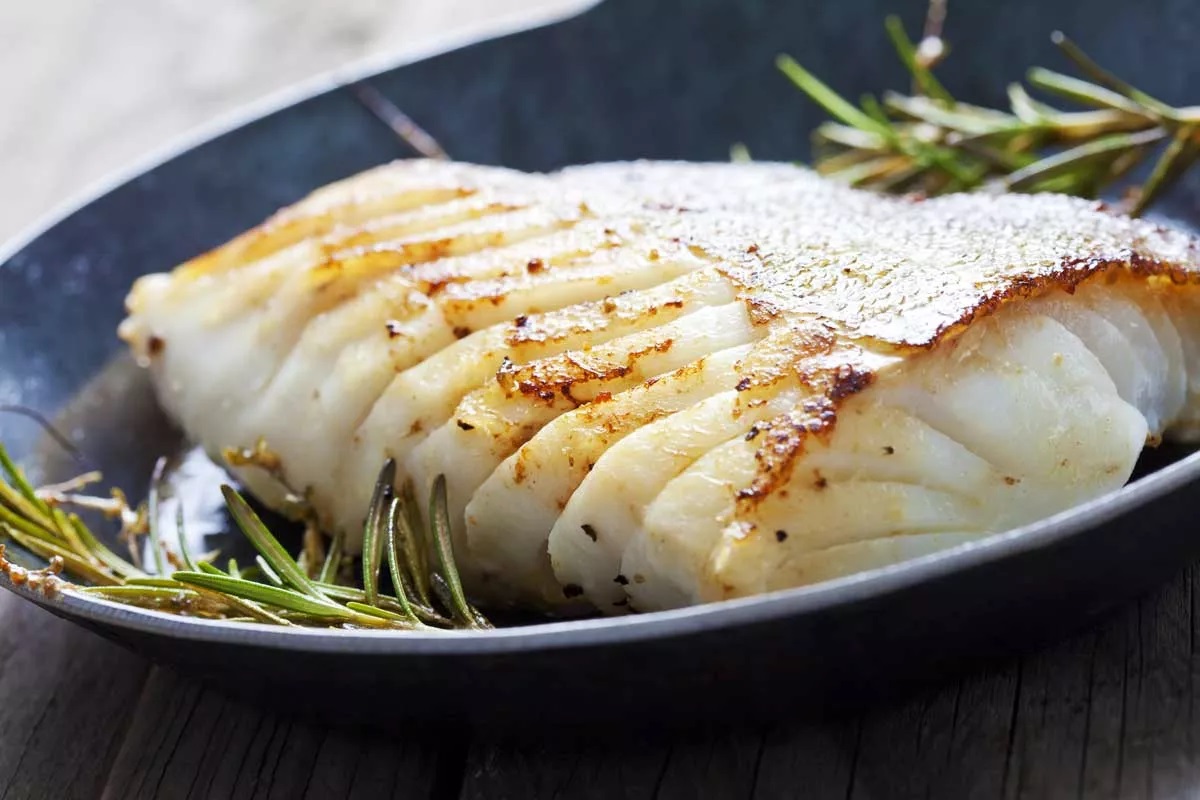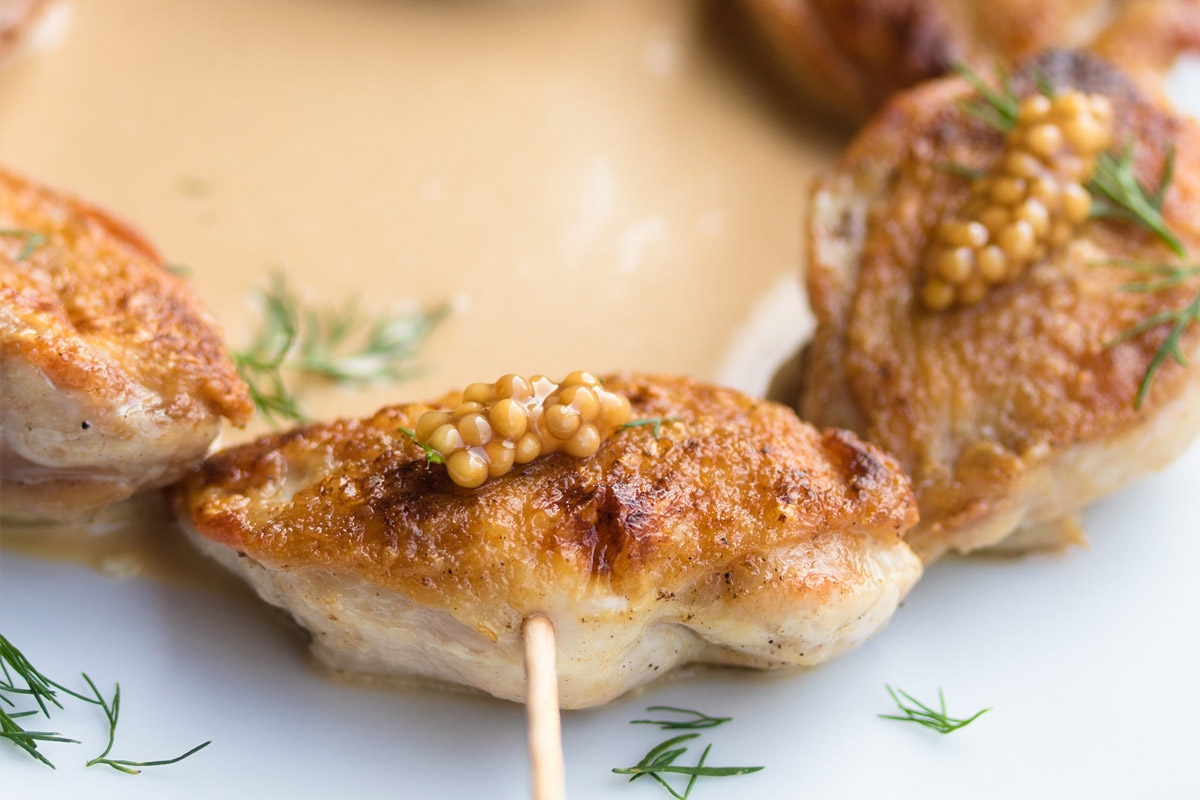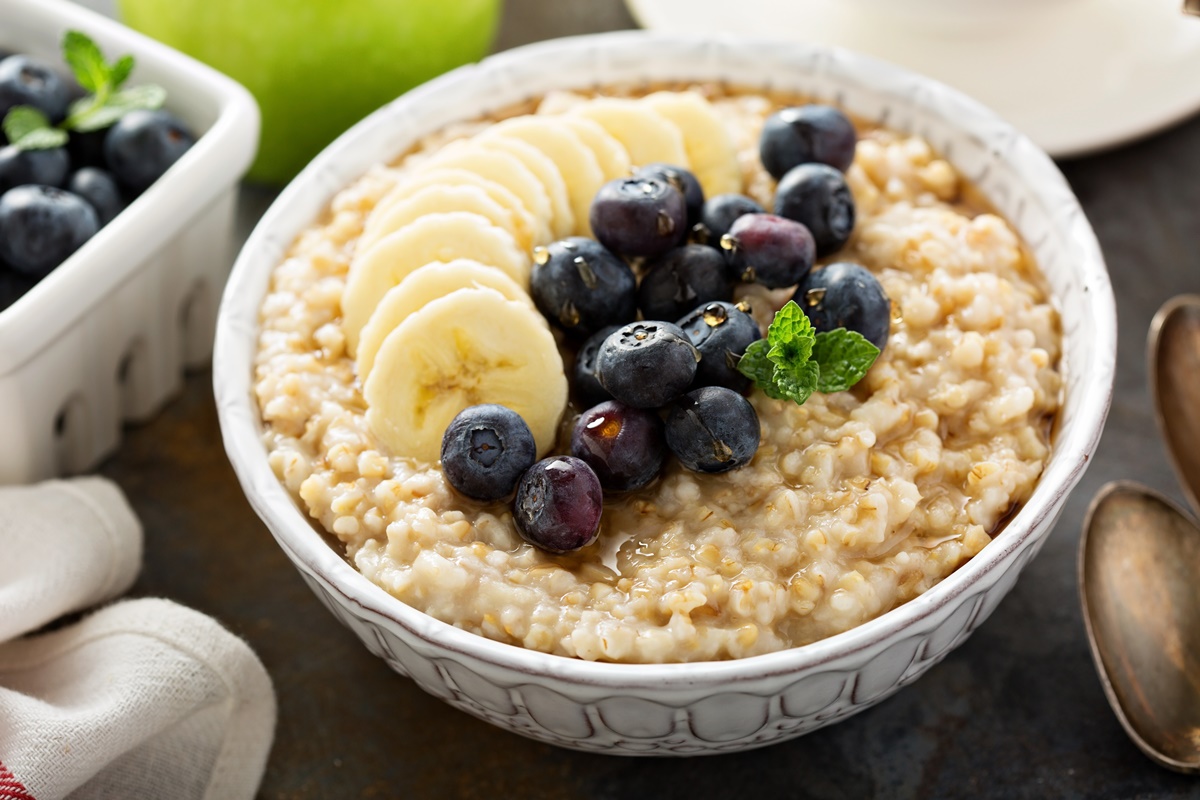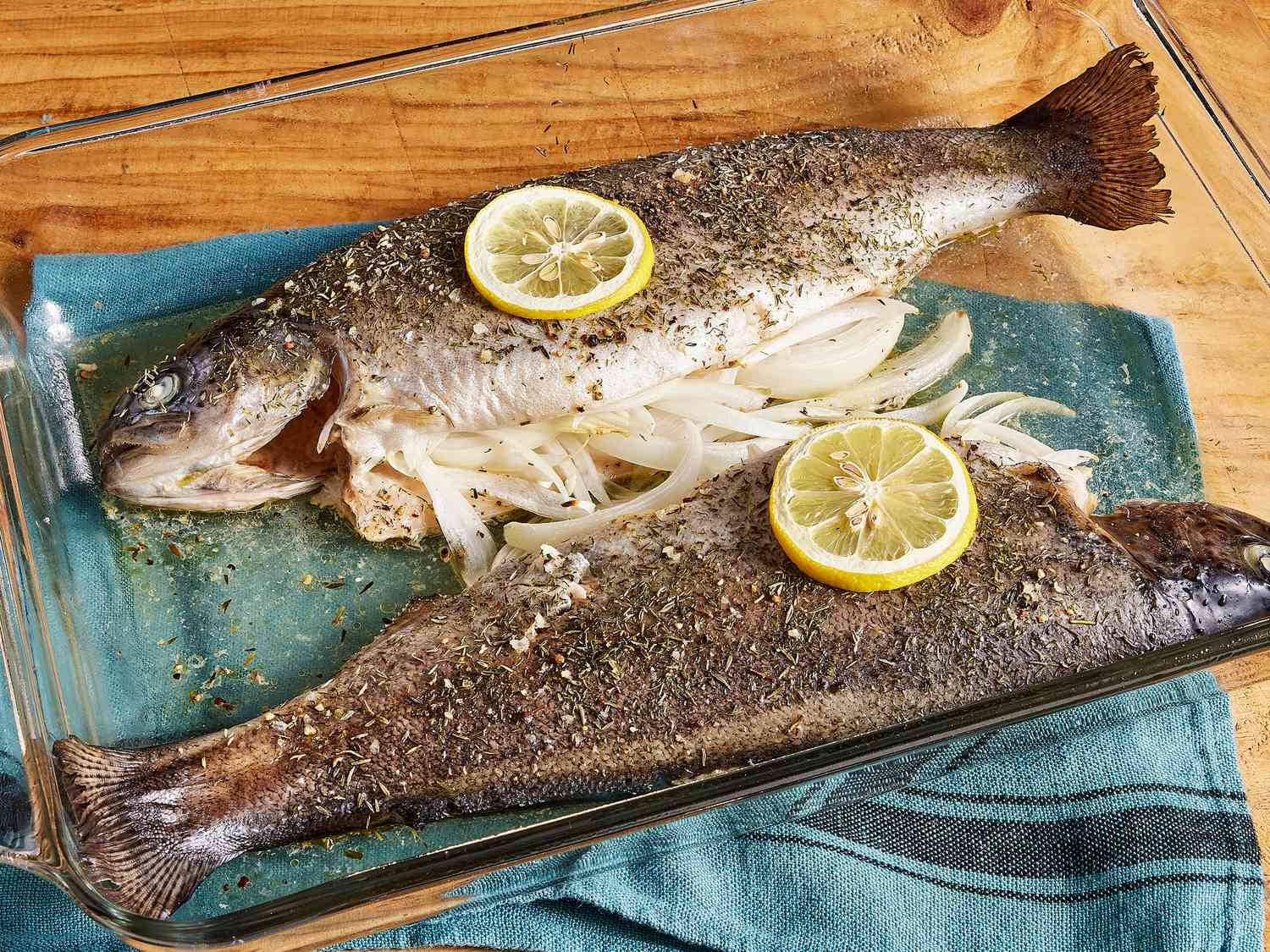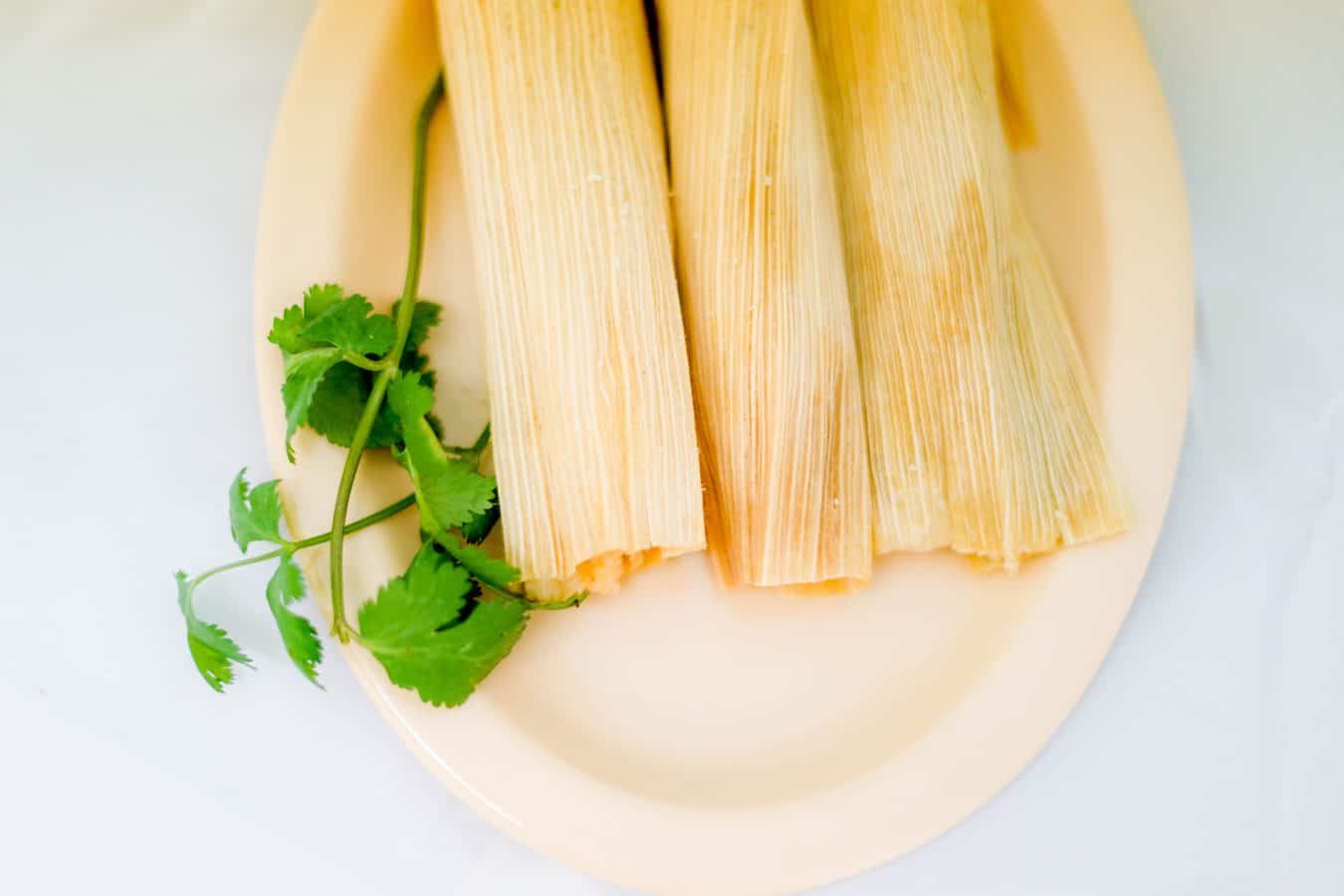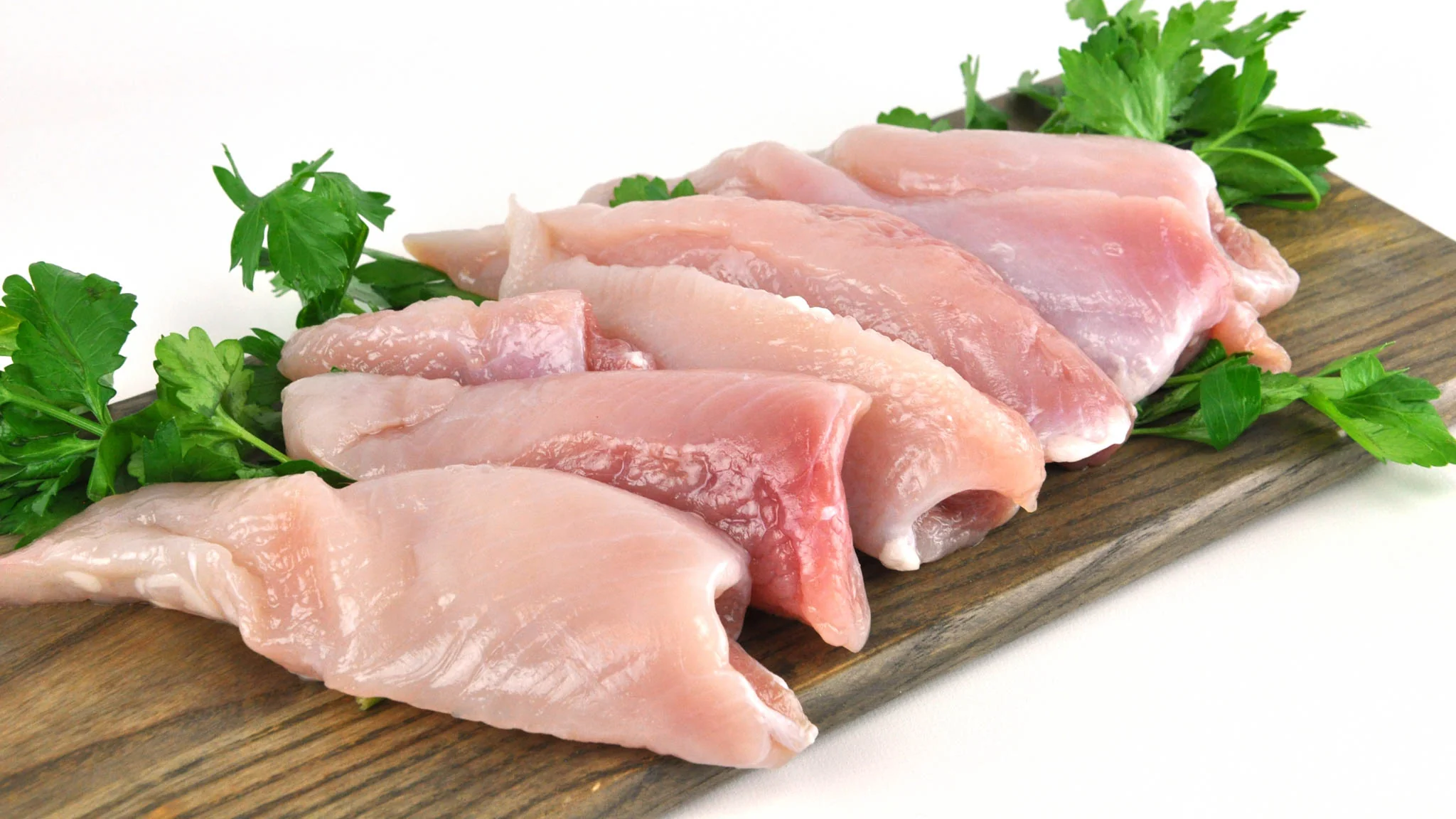How To Cook Small Mouth Bass
Are you a fan of freshwater fishing? If so, you’ve likely encountered the thrill of reeling in a small mouth bass. These feisty fish are not only fun to catch but also make for a delicious meal. In this article, we will guide you through the process of cooking small mouth bass like a pro. Whether you prefer baking, grilling, or frying, we have got you covered!
Preparing the Small Mouth Bass
Before you start cooking, it’s essential to prepare the small mouth bass properly. Follow these simple steps:
- Gut and clean the fish: Rinse the fish under cold running water and remove the scales, fins and entrails.
- Season it: Pat the fish dry with a paper towel and sprinkle salt and pepper on both sides. You can also add your favorite herbs and spices to enhance the flavor.
- Let it marinate: For an extra burst of flavor, let the fish marinate in the refrigerator for at least 30 minutes. This step is optional but highly recommended.
Methods of Cooking Small Mouth Bass
Now that your small mouth bass is prepped and ready, let’s explore some popular cooking methods:
Grilling
Grilling is an excellent way to cook small mouth bass as it imparts a smoky flavor and a slightly crispy texture. Follow these steps:
- Preheat the grill: Brush the grates with oil and preheat the grill to medium heat.
- Place the fish on the grill: Carefully place the fish on the grill, skin side down. Cook for about 4-5 minutes per side or until the flesh turns opaque and flakes easily.
- Serve and enjoy: Remove the fish from the grill, garnish with fresh herbs, and serve hot. Grilled small mouth bass pairs perfectly with a squeeze of lemon juice.
Baking
Baking is a simple and healthy way to cook small mouth bass while keeping it moist and flavorful. Here’s what you need to do:
- Preheat the oven: Preheat your oven to 375°F (190°C) and lightly grease a baking dish.
- Place the fish in the dish: Lay the fish fillets in the baking dish, skin side down. You can brush them with melted butter or olive oil for added richness.
- Bake to perfection: Bake for 12-15 minutes, or until the fish is opaque and flakes easily with a fork.
- Serve and savor: Remove the fish from the oven and let it rest for a few minutes. Plate it with your favorite sides and enjoy!
Frying
If you’re looking for a crispy and indulgent treat, frying small mouth bass is the way to go. Follow these steps to achieve a satisfying crunch:
- Heat up the oil: In a deep skillet or frying pan, heat enough oil to fully submerge the fish. The oil should reach a temperature of around 375°F (190°C).
- Dredge the fish: Coat the fish fillets in a mixture of flour, salt, and pepper. For an extra kick, you can add some paprika, chili powder, or cayenne pepper.
- Fry to perfection: Carefully place the fish in the hot oil and cook for about 3-4 minutes per side, or until golden brown and crispy.
- Drain and serve: Remove the fried fish from the oil and let it drain on a paper towel-lined plate. Serve hot with tartar sauce or your favorite dipping sauce.
Now that you have learned how to cook small mouth bass using various methods, it’s time to head to the kitchen and give it a try. Experiment with different flavors and techniques to find your favorite way of enjoying this delectable fish. Whether you opt for grilling, baking, or frying, one thing is for sure – a well-cooked small mouth bass will surely satisfy your taste buds!
Happy cooking and tight lines!
Explore Delicious Recipes and More Ways to Use This Guide
After mastering the skill of cooking Smallmouth Bass, the culinary adventure doesn't end there. Dive into a variety of recipes to further enhance your cooking repertoire. For a classic touch, try the Grilled Smallmouth Bass with Zesty Lemon Butter—its zesty butter sauce complements the fish's flavor superbly. If you're in the mood for something with a crunchy texture, the Crispy Smallmouth Bass with Rich Tartar Sauce offers a delightful crunch with each bite. For those seeking a healthier option, the Light and Fresh Smallmouth Bass Tacos are not only light but also bursting with fresh flavors. Each recipe provides a different method to prepare this versatile fish, ensuring there's always something new to bring to your table.
Was this page helpful?
Read Next: How To Cook Walleye With Skin On
